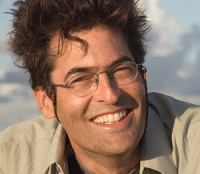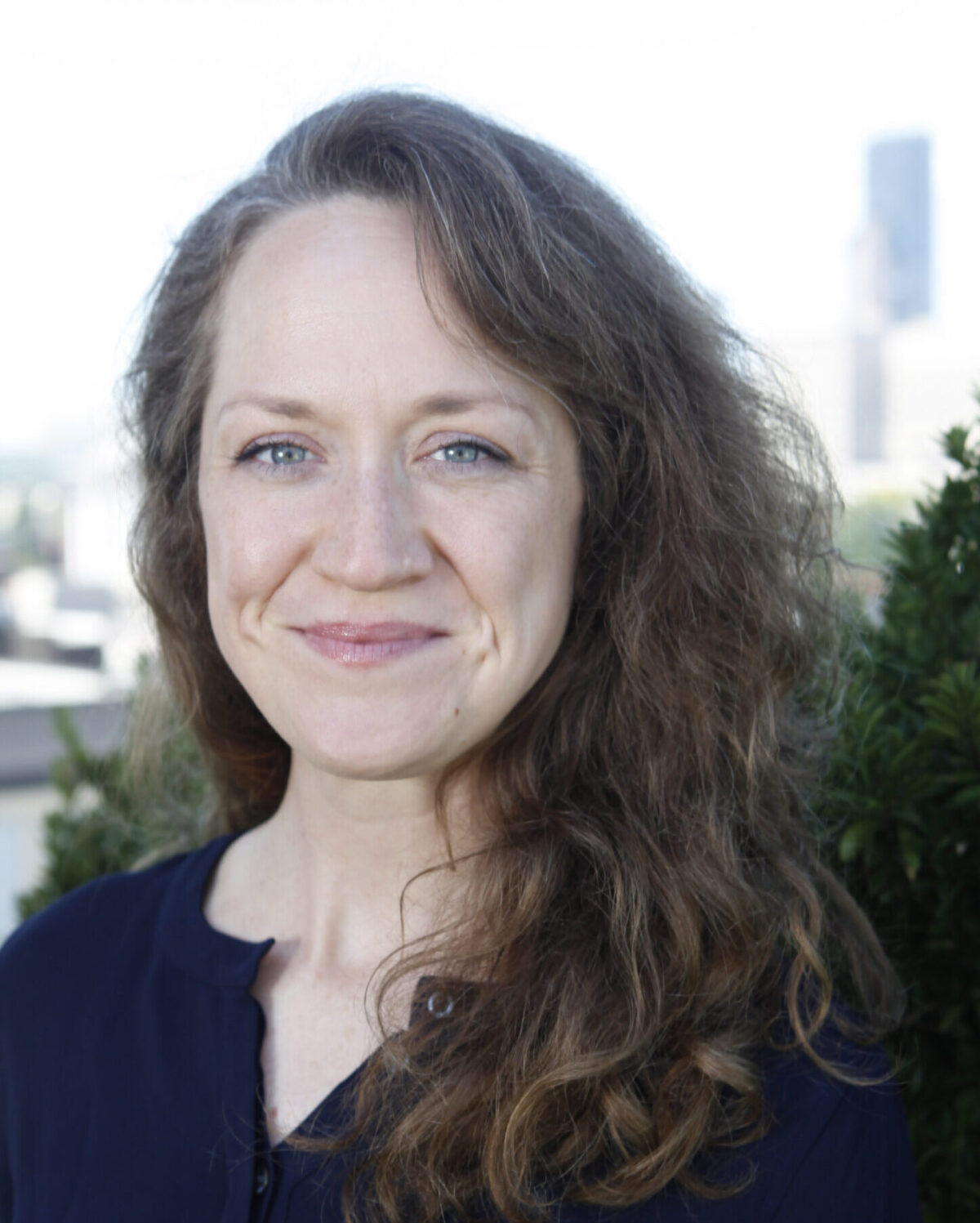Chris Jordan is a renowned photographer, filmmaker, and storyteller who is best known for his large-scale works depicting mass consumption and waste, particularly garbage. He has been called “the ‘it’ artist of the green movement,” and his work has been featured in shows worldwide, from Madrid to Beijing, from Paris to his hometown: Seattle.
Sightline is honored to host him as the first in this year’s 20th anniversary speaker series. Jordan will show and discuss photographs from his most recent project, “Midway,” for which he spent three years visiting the remote Midway Atoll in the heart of the Pacific Ocean (map). There, he documented the native Laysan albatross, many of which are dying from ingesting the plastic waste we have dumped in the ocean.
Over the course of this project, he underwent a transformative emotional journey—a journey he shares with the rest of us through photography. In a recent interview with the Center for Ecoliteracy‘s Lisa Bennett, Chris explained some of his impetus for the project, as well as a particular experience that profoundly affected him. The full interview is well worth reading.
LB: More recently, your work has taken you to Midway Island—2,500 miles from any other body of land—to study and photograph the albatross. Why that place and those birds?
CJ: I was always a little dissatisfied with my “Running the Numbers” work because what I really want to do is help people like your son understand that these global issues are personal to each one of us. I wanted to create a bridge between the global and the personal. My “Running the Numbers” work is inherently abstract, conceptual art. It points in the right direction, but what I’m really interested in is feeling. That’s the power of art. It reminds you how you feel about something.
…
LB: On a more recent trip, you held the remains of a baby bird and had a profound experience of grief. What happened?
CJ: That was a moment when I accidentally killed a healthy albatross myself. There were so many on the ground, and I ran over one with my bike. I jumped off and immediately got down and looked at her; she was gasping and choking up a bunch of orange liquid. She tried to move, and I saw that both her wings were broken. I think my bike had passed right over her body, and she suffered internal injuries. She took four days to die. I visited her over and over. It was an astonishing experience to discover how much it impacted me that I had inadvertently taken the life of this beautiful, innocent creature. I felt a depth of grief I never thought I had in me, for one bird on one island I never thought I would visit. I discovered that I had this tremendous amount of grief over this one little life I had taken, but there was really nothing more beautiful or lovable about that one bird than any of the other albatross on the island. I discovered that somewhere hidden in my heart, I must have that much love for every one of them.
Then I thought that this creature is not more magnificent than whales or gorillas or tigers, or people for that matter. And I had this intuitive experience that my Buddhist friends talk about—discovering my love for all beings. That to me is the teaching of grief. I came to discover that grief is not sadness. Grief is love. Grief is a felt experience of love for something lost or that we are losing. That is an incredibly powerful doorway. I think we all carry that abiding ocean of love for the miracle of our world. And if, on a collective level, we could grieve together and rediscover that deeper part of our collective psyche, then healing the symptoms of that disconnect could happen much faster than we imagine.
Jordan’s work on Midway Island will also comprise his first full-length feature film, Midway: Message from the Gyre, scheduled to premiere later this year. View the trailer:









